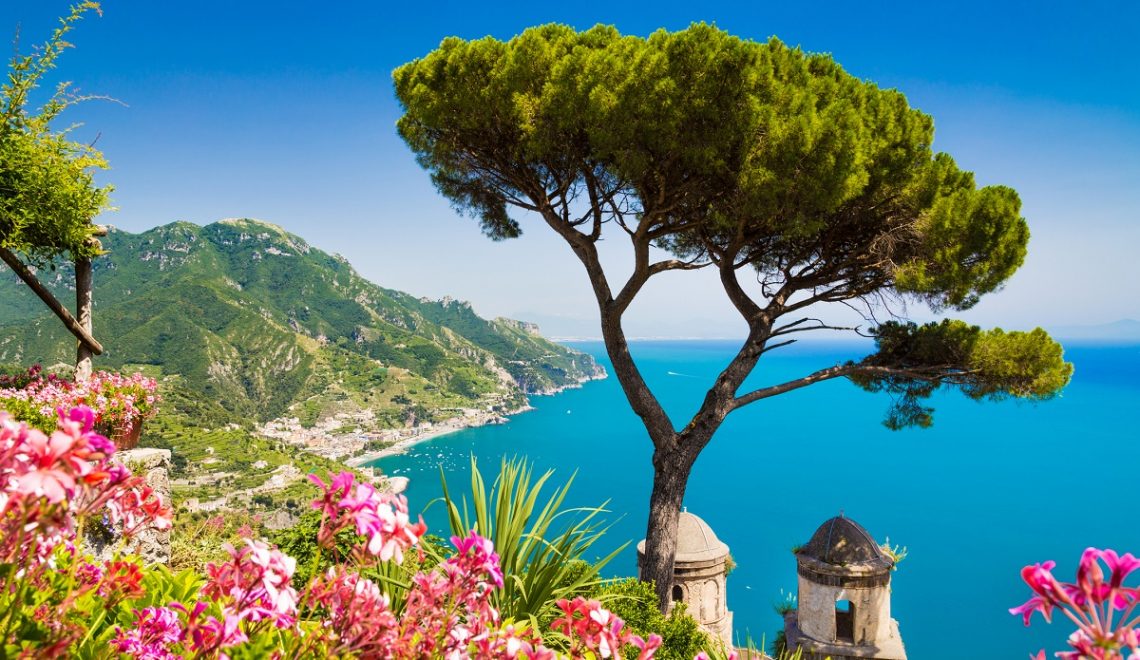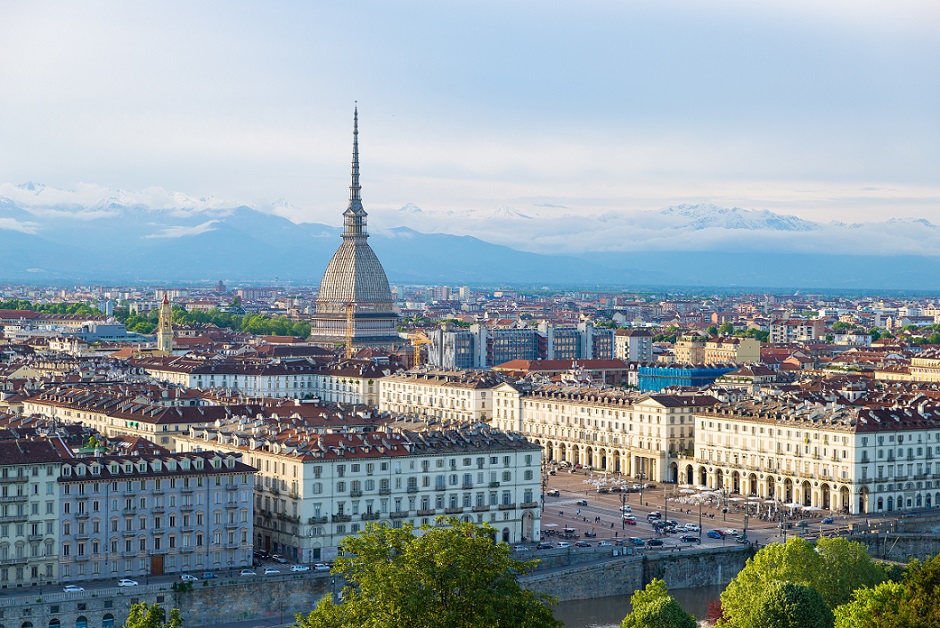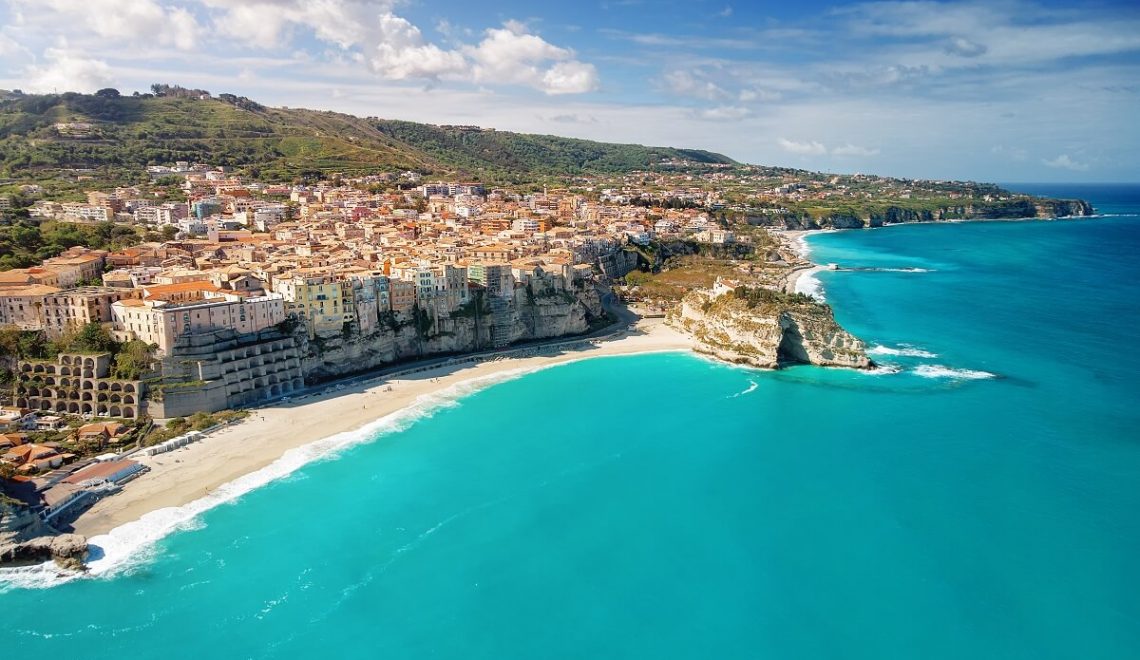
Italy is leading in sustainable travel, preserving its cultural heritage and natural beauty while accommodating eco-conscious tourists. Options range from Tuscany’s vineyards to the Amalfi coast, promoting low-carbon tourism.
- Embracing Sustainable Travel in Italy
- Exploring the Best of Green Tourism in Italy
- Experiencing Italy Through Sustainable Tours
- Eco-Friendly Accommodations and Dining in Italy
- Advancing Towards a Greener Future: Italy’s Sustainable Initiatives
Embracing Sustainable Travel in Italy
In recent years, Italy has been at the forefront of sustainable travel, striving to preserve its rich cultural heritage and pristine natural environments while accommodating tourists. Travellers today are more environmentally conscious than ever, and Italy offers a plethora of options for those seeking to minimise their carbon footprint while exploring the breathtaking beauty and historical wealth of the country. From the lush vineyards of Tuscany to the crystal-clear waters of the Amalfi coast, Italy is turning the tide towards sustainable tourism practices.
Exploring the Best of Green Tourism in Italy
South Tyrol – Trentino Alto Adige
South Tyrol – Trentino Alto Adige, with its alpine landscapes and verdant valleys, is a leader in sustainable tourism initiatives. The region’s extensive national parks and protected areas are meticulously maintained to ensure ecological balance and biodiversity conservation. The local government actively promotes green energy usage and sustainable infrastructure, making it an exemplary eco-tourism destination. Tourists can explore the Dolomites, recognised as a UNESCO World Heritage site, using environmentally friendly public transport. The area also offers eco-lodges and hotels that use renewable energy sources, providing a low-impact yet luxurious accommodation option for environmentally-aware travellers.
Reach Trento with Italo’s high-speed train
Maremma – Tuscany
Maremma in Tuscany is a haven for green tourism, showcasing vast stretches of untouched natural beauty and a commitment to environmental preservation. The region’s approach to tourism is centred on sustainability, with numerous protected areas and initiatives aimed at conserving its rich flora and fauna.
Maremma is particularly renowned for its organic agritourism farms, where visitors can stay and participate in the cultivation and harvesting of organic produce. This immersive experience not only connects travellers with the traditional Tuscan lifestyle but also educates them on the importance of sustainable agricultural practices.
Additionally, Maremma’s eco-friendly accommodations often feature energy-efficient systems and waste reduction programs, further enhancing the area’s appeal to eco-conscious tourists.
Visit the beauties of Tuscany with Italo
Gran Sasso – Abruzzo
Gran Sasso in Abruzzo is not just a destination, it’s an experience that encapsulates the essence of Italy’s rugged natural beauty and commitment to environmental stewardship. Dominated by the imposing Gran Sasso massif, the area includes one of Italy’s largest national parks, Parco Nazionale del Gran Sasso e Monti della Laga, which serves as a sanctuary for numerous species of wildlife and native flora. Eco-resorts here are designed to blend seamlessly with the landscape, minimising their ecological footprint while providing guests with unique opportunities to engage with nature.
The sustainable tours offered in the region emphasise education about the local ecosystem and promote conservation efforts, including guided wildlife watching, botanical hikes, and even glacial studies. These initiatives help to foster a deep connection between visitors and the natural world, encouraging the continued protection of these invaluable environments.
Experiencing Italy Through Sustainable Tours

Cycling Holidays and Walking Tours
Italy is a paradise for those who prefer slow and green tourism. Cycling holidays and walking tours are excellent ways to experience Italy at a slower pace, reduce emissions, and create minimal environmental impact. Routes through scenic areas like the rolling hills of Umbria or the coastal paths of Sicily offer immersive experiences that are both eco-friendly and enriching.
Ciclovia Vento: From Venice to Turin
The Vento Cycle Route, also known as the Venice-Turin cycle path, follows a network of cycling trails and quiet country roads, offering cyclists a leisurely journey through the Veneto and Piedmont regions. Traversing diverse landscapes, from the serene waterways of Venice to the rolling hills of Piedmont, this route showcases the beauty and diversity of northern Italy.
Travel by high-speed train from Venice to Turin
Adriatic Cycle Route: from Trieste to Puglia
The Adriatic Cycle Route traces the coastline of the Adriatic Sea, meandering through picturesque landscapes, charming towns, and historic sites. It connects the city of Trieste to Santa Maria di Leuca and includes ten cycle paths.
The Adriatic Cycle Route is about 1300 km (807,7 mi ) long in total, crossing the regions of Friuli Venezia Giulia, Veneto, Emilia Romagna, Marche, Abruzzo, Molise, Puglia. With its gentle terrain and well-marked paths, it’s suitable for cyclists of all levels, from leisure riders to seasoned enthusiasts.
Travel from and to Trieste with Italo’s high-speed train
If you don’t want to ride them all, but start from a specific point on the Italo trains, you can take your bike with you to the city of departure.
Eco-Friendly Accommodation and Dining in Italy
Slow Tourism and Slow Food
The slow food movement, which started in Italy, champions locally sourced and organic foods, which is a staple of the Italian culinary experience. Eco-friendly accommodation in Italy enhances this concept by providing meals prepared with ingredients from the owners’ own gardens or local farms.
This approach not only supports local agriculture but also cuts down on food miles, aligning with the principles of low-impact travel.
Advancing Towards a Greener Future: Italy’s Sustainable Initiatives
Italy’s commitment to sustainability extends beyond travel alone. Renewable-energy hotels are emerging across the country, harnessing solar and wind power to reduce their environmental impact. Furthermore, Italy’s conservation projects protect its extensive biodiversity and cultural heritage, ensuring that they endure for future generations.
Sustainable dining in Italy is now more prevalent, with restaurants and cafes emphasising zero-waste practices and sourcing ingredients sustainably. Meanwhile, Italy’s eco-friendly transport options, including extensive cycling paths and electric public transport, make it easier for travellers to explore without contributing to pollution.
Italy’s approach to sustainable travel is not just about reducing negative impacts but is also about creating positive change. Italian eco-villages and sustainable landmarks provide insights into how communities are embracing renewable resources and sustainable living practices. These initiatives are supported by a variety of green travel guides and resources that help travellers make responsible and informed decisions.



